The content of the article
How to preserve tomatoes for the winter — almost every host knows. But not everyone knows a few tricks that greatly simplify the work in the kitchen. Triple sterilization of everything and everything, careful selection of tomatoes with a caliper, fivefold pouring and an even large set of unnecessary worries. Let's see how to close tomatoes for the winter without unnecessary trouble.
The right choice is the key to success
If the tomatoes were grown with their own hands on their personal plot or even on the windowsill and balcony, then probably before planting the bag of seeds was carefully studied from all sides. All that should interest us for quality preservation is the purpose, color and size of the fruit.
We are looking for the right line on the bag. Appointment: salad grade. That is, such tomatoes are good for spinning as a part of adjika, sauces, lecho, ketchups. They make wonderful tomato juice. But for the conservation of the whole, such a variety is unsuitable. The fruits will be soft, creep into an unappetizing slurry, and the taste will leave much to be desired.
But if it says on the bag: suitable for long-term storage and preparation, then we can safely preserve the tomatoes. They will remain dense, resilient and magical in taste.
What to do for those who do not have a garden and only buy tomatoes for spins? Do not buy them in the store. Often, they are covered there with a good layer of food wax, so they can be stored for months. And even in the season itself, in July, you run the risk of running into tomatoes ripened in February.
We boldly stomp onto the market for a purchase. And right there we choose. No need to ask the seller what the fruits are for. In an effort to sell the product, he will tell you that only he has the best tomatoes in the world. Just ask to cut it, but it is better to break one fruit. And look carefully: there is too much juice secreted - the tomato is not very suitable for spinning in its entirety. This is also indicated by large seed chambers. The pulp is thick, fleshy, there is practically no juice - that means we take the right amount and proudly drag home. Why drag? Because they bought a lot. You will not get one tomato?
Tip. Naturally, we select whole tomatoes, without visible damage and dents.
The second factor that interests us is the color and size of vegetables. Today, genetics is moving forward by leaps and bounds. Few people will be surprised by brown, black or striped tomatoes. Yellow and orange are also far from outlandish. No doubt, in a fresh salad on the table they look original. But during conservation they behave completely unpredictably. Even an unflappable can can deliver a lot of unpleasant moments. An unpleasant odor or a daze in a muddy brine - was this achieved by idling the clock over the banks?
All tomatoes are suitable for preservation, but the most delicious and fragrant ones are of red color. Pink-fruited are also good. Leave the orange, yellow, and aronia for salads, ketchups, and lecho.
The size of the tomato should be such that it freely passes into the neck of the jar. Some craftsmen preserve chopped vegetables. This can be done, but the brine will be cloudy, and the flesh will be watery. Slicing does not affect the taste at all.
With a large chicken egg or a little more walnut - it is beautiful on the table and convenient to eat.
But the advice to collect in a bank of exactly the same size is clearly superfluous. Will you measure every tomato? And the meaning of this lesson? If only there is nothing to do. Because during the heat treatment, boiling water does not count with size, scalds all vegetables equally.The marinade also does not go with a caliper and a notebook, but impregnates all the fruits evenly.
Tip. By the way, small tomatoes, the so-called cherry, can also be canned. They are happy to eat even the most capricious children.
Sterilization - the scourge of housewives in the summer heat
Well, which of the hostesses didn’t say at least once in conversation with girlfriends - tomatoes are good in the winter, but how do you think about sterilization? And right before my eyes the picture: summer, it was hot on the street, there were puffs of steam in the kitchen, cans, lids, pouring water were boiling. And in the evening, squeezed like a lemon, a woman lies in a layer with a cold towel on her forehead.
Down with grandfather's methods! Give civilization! Sterilize jars up to 1 liter in size quickly in the microwave. Why so small? A cherry, too, a three-liter bottle to pour? Or a man who lives alone, why the hell are such huge vessels?
Therefore, we pour 3-5 cm of water in jars, set on a microwave plate, turn on the maximum mode for 5 minutes. We are leaving to do our own thing. Or cook the next batch of containers.
It came through, they took out sterile jars, knocked it over on a clean towel, after draining the water. Naturally, the lids will have to be boiled as usual. Do not put any metal in the microwave.
What to do for those who simultaneously preserves a large batch of vegetables? Warm up over the kettle torment. A healthy balloon with a microwave will not fit. The best assistant will help out - the oven! In it, darling, right in the cold, we put the washed containers. Then forget for 12-14 minutes at a temperature of 120 ° C. After carefully pull out mitts or a towel. Everything can be preserved.
Tip. If you are confident in the quality of your water, then you can completely refuse sterilization. Rub the cans inside and out thoroughly with a hard brush with baking soda. Preferably with hot water. Pay special attention to the necks. Rinse thoroughly and you can use it.
How many times to fill
There are recipes in which tomatoes are tormented with boiling water repeatedly. They practically turn them into gruel with only one fill. And in the winter, having opened a jar, eyes sorrow - again the grade got bad!
Why these dances with a tambourine? Correctly preserve tomatoes for the winter as follows:
- Washed thoroughly without pressure, allowed to drain water. By the way, they are not wiped, so as not to mash once again.
- They placed the selected spices at the bottom of the container, and tomatoes on top. Preferably without tamping, neatly.
- They poured boiling water, put a lid on top. Left for 20-25 minutes. During this time, you can prepare the next batch or drink a seagull.
- Poured liquid into a saucepan. Added salt and sugar. The required amount of acid (if required) was added to the container with tomatoes. The brine has boiled - you can fill it.
- Screwed the lid, tipped upside down. Everything.
It is not necessary to wrap up so that the vegetables remain elastic and dense. Additional warming is required only for recipes for the conservation of green tomatoes. They are harder than the red ones, so it’s only good for them.
Tomato Preparation Tricks
In order not to waste time washing a large number of tomatoes, they act simply. Pour all the raw materials into one basin or vat, fill it with clean water and leave it for 20 minutes, let it float. In another, a large sieve or colander. Tomatoes are washed with handles directly in the first container, laid out in the second design. There, the party is doused with clean water, it is allowed to drain and that’s all, any preparations can be made.
Often you can observe this situation: the vegetables seem to be strong, dense, and at the first scalding, the skin breaks. It will not affect the taste, but the appearance of the spin is not the same. How to avoid such troubles?
With a wooden toothpick, prick each tomato at the peduncle. This will avoid a sharp pressure drop and the peel will remain intact.
And if you have to preserve three buckets and even cherry? Or more? Half a day will be spent only on piercing. There is a solution. Pour the tomatoes not with boiling water, but let it cool slightly. Turn off the fire, wait 3-4 minutes and only then pour it into containers with vegetables.
You can not bother with these methods at all, but simply remove the skin completely. Without processing, this is unrealistic. Therefore, they do this:
- make three pots
- one on fire with boiling water, the second with water and ice, the third empty and the largest
- throw the tomatoes in the first, wait 5-6 minutes
- throw a slotted spoon from a hot liquid to an ice one, wait 2-3 minutes
- during this time we put the next batch in hot
- transfer from ice water with a slotted spoon to an empty container
After all the vegetables have been blanched, the peel is easily removed with bare hands. You can say she is removed herself.
This is only a description to read for a long time, in fact, everything happens quickly, and the result will please.
Tip. Processing time can be reduced by first making a shallow cross-shaped incision on the top of the tomato with a sharp knife.
Classic recipe
All products and spices are designed for a standard 3 liter jar:
- dense red tomatoes, about 1.7-2 kg
- pure water, 1200-1500 ml
- vinegar essence, 1 dec. l
- rock salt, 2 tbsp. l
- granulated sugar, 2 tbsp. l
- 4 medium cloves of garlic
- spices to taste
The spices most often used in preserving vegetables are currant leaves, dill umbrellas, allspice peas, clove roses. For a standard recipe, take each ingredient 5 pcs. The amount can and should even be varied to suit your own taste preferences. If desired, add horseradish, black pepper, peas, sprigs of basil.
Seasonings are laid at the bottom of the can, then prepared vegetables are reported to the top. Boil clean water, pour into a cylinder. Cover with a lid. After 25 minutes, pour the liquid into a saucepan, add both “white deaths”, allow to boil. Vinegar is poured into the jar and filled with filling so that it slightly goes over the edge. Roll up, turn over and allow to cool.
You can try it after 14 days. Store recommended in the cellar.
Tip. Some hostesses pour out the first water, supposedly it washes off all the dirt, and they make the brine on a new one. We do not recommend this. Firstly, what kind of dirt if you thoroughly washed containers and tomatoes? And secondly, she collected from tomatoes the brightest flavor. Why merge this magic into the toilet?
Recommendations
Some tips recommend filling tomatoes with boiling water three times, and then sterilizing them before final rolling. Why this extra trouble? From such a number of heat treatments, the result is porridge in a shell of tomatoes. They just weld! All infection dies after the second fill. This is quite enough.
The classic recipe for tomatoes for the winter involves 2 tbsp. l granulated sugar on a three-liter bottle. Do not regret sweet, add not 2, but 4 tablespoons. In winter, you will be very pleasantly surprised. Not only the tomatoes will fly away in one fell swoop, but the brine will be drunk without a trace.
By the way, on the basis of this sweet and sour filling, some housewives cook amazing mustard. All that is needed is to add dry mustard powder to the state of liquid sour cream, and let it brew for an hour. And salt and acid are enough in brine.
How to preserve tomatoes for the winter? Thanks to our advice - easier than the lung. As a result: my mother was not tired, the cellar was full, the household was happy and fed with delicious blanks.
Video: how to preserve tomatoes for the winter

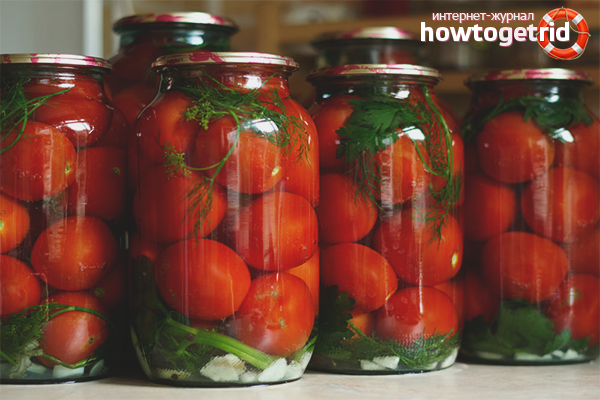
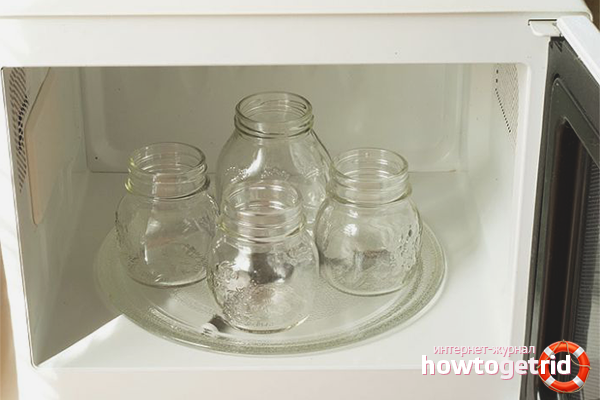
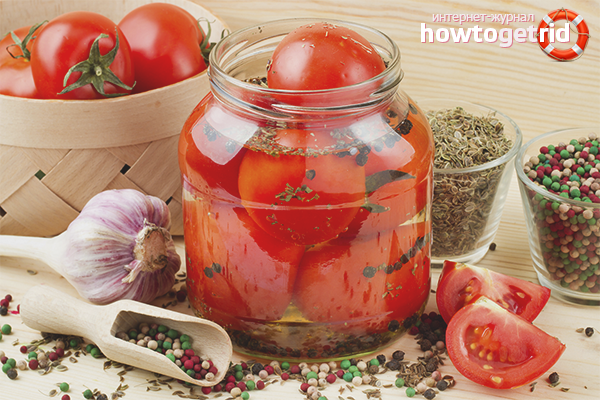
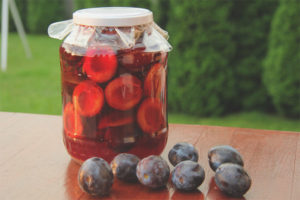
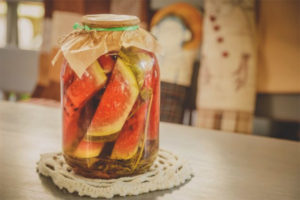
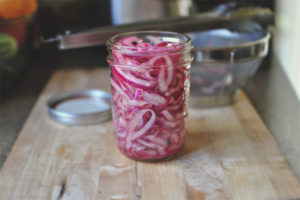
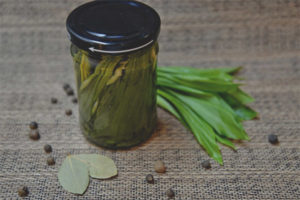
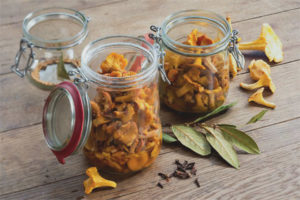
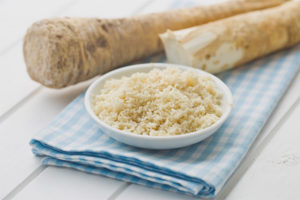
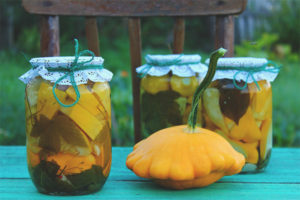
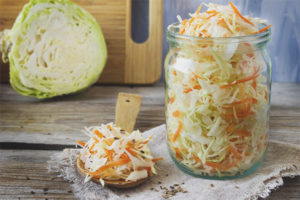
Submit